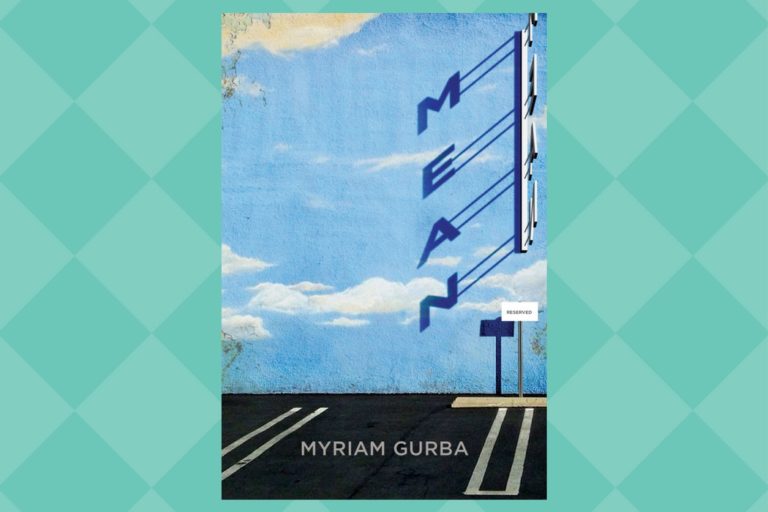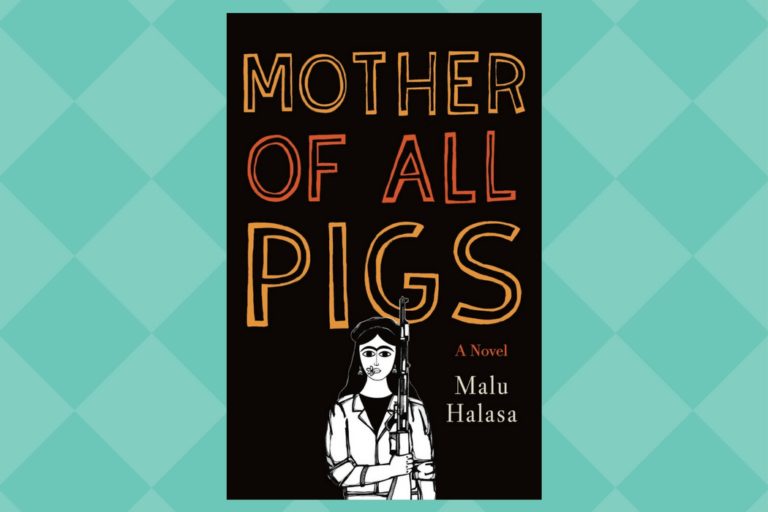The history of weed, vanishing princesses, and science-fiction blog posts.
By Jordan Bascom, Daley Farr, Jenean Gilmer, Kaylen Ralph, Samantha Rose, Marit Swanson, and Jordyn Taylor
Onigamiising: Seasons of a New Year by Linda LeGarde Grover
University of Minnesota Press
Out: 10/10/2017
In Onigamiising: Seasons of a New Year, Linda LeGarde Grover takes readers through a year in Duluth, Minn. in 50 short essays first published in the Duluth Budgeteer News. More than a linear chronicle of changing seasons, Onigamiising takes readers through time, telling stories that span generations. Grover offers insightful and enlightening lessons on the culture and history of the Ojibwe people, and her own experience as an American Indian mother and grandmother and auntie.
Her tone is affectionately, warmly Midwestern, and leaves you feeling as thought you’ve just had a visit at her kitchen table. But this is much more than a book of nice stories your granny might tell you. Grover’s warmth will not lull you into complacency; rather, she provides a safe space for readers to think deeply about the history of policies and practices enforced by the United States government and its citizens in the taking of land from indigenous peoples, and the cultural destruction wrought by the removal of children from their families to Indian boarding schools. These stories are told in essays like “Ready for Dinner” and “Sewing Ojibwe Ribbon Skirts in Onigamiising,” where everyday events are gracefully woven into historical and cultural structures.
Onigamiising may be a particularly helpful book for those curious about or new to the Midwest, to whom our traditions and tastes may be a real mystery. Regardless of the reader’s proximity to or familiarity with Minnesota, Grover’s bittersweet stories of family and the passage of time are sure to tug on a few heart strings and encourage careful contemplation.
—Jenean Gilmer
Mean is Myriam Gurba’s “nonfiction novel” of growing up queer, Chicana, and middle-class Californian, mapping her development as a feminist and an artist. In short chapters, she riffs on her childhood and adolescence with gritty aplomb—from the funky fragrance of her dorm room to the “Mexican casserole” made by her white neighbors, from eating disorders to Michael Jackson.Though she divulges other hilarious and harrowing intimacies from her life, Gurba writes, “I wasn’t sure how detailed I wanted to be regarding dead and dying girls.” This negotiation of how to represent gendered violence is the crux of Gurba’s book. Mean is also a ghost story: the author feels haunted by Sophia Torres, who was beaten to death by the same man who raped Gurba. Mean’s opening sequence conveys the attack on Sophia in crystalline lines, creating a mystical quality that resonates with Gurba’s attention to female saints throughout the book. She calls Sophia’s name “sibilant,” intimating the “Sibyls”—prophetesses—of ancient Greece.Gurba excels at uncanny turns of phrase, crafting off-kilter metaphors that inject humor into even the grimmest scenarios. This book also contains pleasure, portrayed just as honestly. Gurba details her adolescent fascination with women’s bodies, relationships with her high school girlfriends, and chats with female elders; she reveals the inner lives of women as both vulnerable and vicious. “What matters,” Gurba writes, “is a woman making art out of everything she was born with.”
—Daley Farr
HopeRoad Publishing
Out: 11/7/2017
In her short story collection The Concubine and the Slave-Catcher, Qaisra Shahraz examines how the forces of age, race, gender, nationality, and religion affect personal and collective worldviews. Set across multiple time periods and continents, these stories offer a candid portrayal of people confronting the discomforts of change.The stories’ characters occupy the overlapping cusps of different traditions, often mitigating potential cultural clashes to varying results. Under the Fugitive Slave Law, a slave-catcher’s ship idles in Boston Harbor and portends disaster for an abolitionist household. A college student’s arranged engagement is threatened when her future in-laws see her dressed in midriff-exposing attire. An Afghan father extends a kind gesture to a visiting Brit that forges a lasting bond between the two men.Glances and gazes abound throughout the stories, reflecting the pervasive double consciousness of these characters. They’re constantly aware of how they see themselves compared to how others see them, and whether or how to resolve these dualities of self prove pivotal to the narrative resolution. These themes of difference―while interesting―are not subtle, and the dialogue is frequently laden with conceptual exposition. Even so, Shahraz’s book possesses compelling personalities and well-paced plots that make this a worthwhile read.
—Jordan Bascom
The Sabas family has lived on the edge of a small Jordanian village for generations. After lifetimes of meager earnings and modest living, they now live a comfortable life filled with amenities. This is due to patriarch Hussein’s vocation as the town’s sole pig farmer and butcher, a controversial practice amongst their Muslim neighbors. Although Mother of All Pigs opens with Hussein’s story, the narrative is truly driven by the women in his life.The Sabas women are strong-willed, and their stories are dynamic: Fadhma is worn out from a life of caregiving and saddened that her children have left for lives abroad despite her attentiveness and devotion; Laila is charismatic, sly, and influential—she thrives on getting her way and commanding the lives of those around her; Samira juggles a double life, at once an ideal sister and a courier for a group of politically-minded refugee women from Syria; Muna, freshly arrived from the United States, quickly realizes that life in Jordan is a drastic departure from her interracial, American upbringing. Despite their differences, the Sabas women come together when a visitor from Hussein’s secretive military past arrives unexpectedly.Halasa takes her readers into modern life in the Middle East, describing the scenery and daily happenings with the authenticity and precision that can only come from lived experience. Through gripping prose and a compelling cast of characters, Mother of All Pigs is a daring investigation of a woman’s place in her family, faith, and revolution.
—Jordyn Taylor
A woman in the twilight of a mundane life devotes all her resources to creating one extraordinary moment: the perfect bath. A struggling schoolgirl finds untraditional sanctuary in a psychiatric ward. The infamous miller’s daughter, locked in a tower of straw, makes her fortune using bawdy rolls-in-the-hay rather than an ability to spin it into gold. Unusual plot lines abound in Jenny Diski’s posthumous short story collection The Vanishing Princess, but the focus of each is on illuminating women’s mental and emotional landscapes. Her characters are all wondering—about purpose, motive, agency, sanity, desire—and this is what drives the stories.Diski’s prose is plain and unhurried. Her tone is frank; she is unembarrassed by her characters’ short circuits and dirty corners. At the same time, laying bare the inner mind is an intimate act, and Diski treats each woman with respect and dignity. Her wry humor plus a vein of melancholy create unexpected dips and turns of phrase, like a Joni Mitchell song playing in the background.The title story opens the collection with a tower-bound princess who actually enjoys her quiet life and is more hurt than helped by the inflated egos and selfish manipulations of the knights that come to her rescue. The three fanciful princess stories are a clever triptych, framing the book with symbolic commentary on how the patriarchy affects women. Realistic fiction, however, is where Diski shines. The protagonists in those stories resonate most deeply, lingering in the reader’s mind much longer than their royal counterparts. But then, maybe that’s the point: princesses pale and vanish when compared with living, breathing, flawed, yet infinitely strong real women.
—Marit Swanson
Basic Books
Out: 12/5/2017
Emily Dufton, who holds a PhD in American Studies from George Washington University, started researching marijuana activism in 2010. This was two years before the first of three landmark marijuana legalization laws would go into effect around the country. As of today, weed is legal in 29 states. Marijuana’s ubiquity in pop culture and art, is so prevalent that its long history, far from vanilla, could easily fade into the background if unguarded. With her new book, Grass Roots: The Rise and Fall of Marijuana in America, Dufton takes her best shot at documenting the movers and shakers (and stoners) who put the “can” in cannabis.Starting with the first known grassroots activist (Lowel Eggemeier, who walked into San Francisco’s Hall of Justice one Sunday in 1964 and lit up a joint), Dufton traces the history of legalization efforts through to the present, as a new wave of anti-legalization activists strengthen their efforts to slow state-specific efforts for further legalization.As a whole, Dufton’s work expertly shows the cyclical nature of our society’s relationship with marijuana, as well as the deeply entrenched racial and class divides that have added to the illicit nature of the complex drug. Up close, the level of detail Dufton utilizes doesn’t make this book a particularly easy read—if you’re looking for a sexy, drug-fueled romp to entertain you, look elsewhere—but its unique ethnographic lens on American culture more than makes up for what it lacks in sensationalism.
—Kaylen Ralph
Houghton Mifflin Harcourt
Out: 12/5/2017












